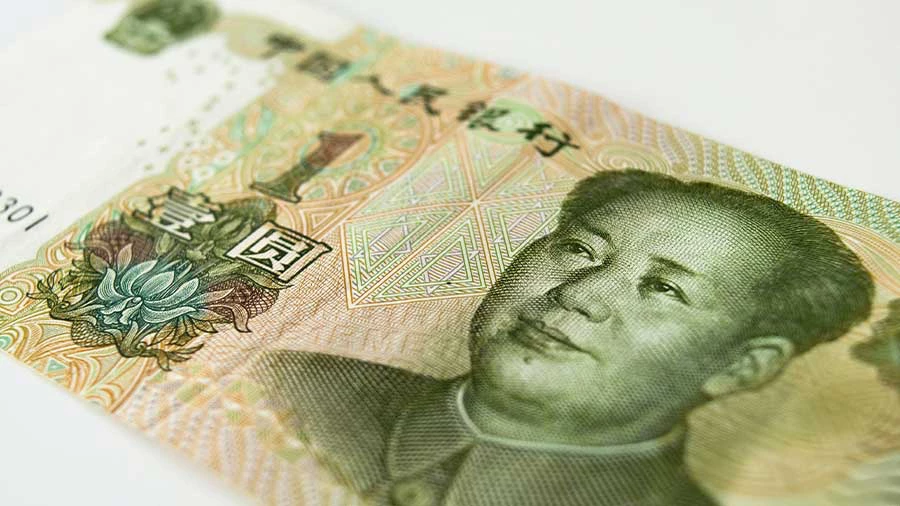Developing China's biotech industry is a strategic objective for the government, enabled by recent regulatory reforms, greater R&D spend in key segments, and tax incentives in key locations to encourage biotechnology investments.
China’s development of homegrown COVID-19 vaccines has drawn attention to the country’s rapidly developing biotechnology sector.
Chinese companies developed three COVID-19 vaccines in wide circulation – one by the private biopharmaceutical company Sinovac, and two by the state-owned enterprise Sinopharm. While the efficacy of these vaccines lag behind some of their foreign counterparts, their distribution to populations around the world will be essential in eradicating the pandemic.
The long-term potential of China’s biotech industry, however, extends far beyond the pandemic.
Biotech, an industrial sector that applies biology to develop products, is a key part of China’s economic development strategy, as the country looks to become a global leader in emerging technologies.
China’s leadership designated biotech as a “strategic emerging industry” in the 14th Five Year Plan covering the years 2021-25. Between 2016 and 2020, the number of biotech science parks in China grew from about 400 to 600, reflecting the government’s priorities to develop the sector.
In this article, we look at the market prospects and regulatory environments affecting foreign investors in the biotech subsectors of biopharmaceuticals and biomaterials.
Biopharmaceuticals
Market prospects
China is the world’s second largest biopharmaceuticals market and continues to grow at a fast pace, as the country’s growing wealth and rapidly ageing population create strong demand for healthcare products.Developments in biopharma, such as gene therapy and genome editing, open the door for the creation of new treatments for previously incurable diseases. Further, the growing importance of the Chinese market has led to more R&D aimed at addressing diseases that are more common in China than in Western countries, such as HBV, and gastric, HCC, and esophageal cancers.
However, many of China’s biopharma companies rely on producing cheap generics or leveraging their domestic positioning to quickly develop drugs like foreign ones not yet approved for use in China.
While pharmaceutical companies in the US invest an average of 20 percent of their sales revenue in R&D, Chinese companies devote less than five percent. Accordingly, foreign biopharma companies continue to have an edge over Chinese firms in terms of innovation.
Over the last half decade, the market capitalization of Chinese biopharma companies grew from US$1 billion in 2016 to over US$200 billion in 2020. According to CEC Capital, Chinese healthcare startups raised RMB 190 billion in 2020, up from RMB 92.8 billion in 2019.
From 2010 to 2020, 141 new biopharma companies were formed in China, compared to 79 from 2000 to 2010. In contrast, the number of biotech companies in the US, EU, and Japan declined over the last decade.
The increase of Chinese biopharma companies reflects the industry’s growth and potential. As companies grow more innovative and R&D-intensive, consolidation within the market is likely.
Regulatory environment
Reforms to China’s drug approval process in 2015 helped create the conditions for the country’s biotech industry to grow. The reforms put China’s process more in line with global best practices and relaxed restrictive policies, such as requiring companies to invest in domestic production.These factors allow biotech companies to get their products faster and broader access to the Chinese market. According to the Boston Consulting Group, the amount of time it took for a clinical trial application to get approved in China declined from 31 months in 2011 to two months in 2018.
Additionally, per the Boston Consulting Group, China began holding contract negotiations for high-priced innovative drugs in 2017. Previously, these products were largely excluded from the public insurance reimbursement system.
Other reforms, such as the two invoice system introduced in 2017, aimed to streamline pharmaceutical distribution and reduce corruption in the sector. Due in large part to distribution inefficiencies and corruption, China spends 40 percent of healthcare expenditures on drugs, which is double the average of OECD countries.
Biomaterials
Market overview
Biomaterial science is another biotech subsector that stands to be important for innovative healthcare applications.Biomaterials are materials designed to interact with biological systems, usually for medical and therapeutic purposes. Traditional biomaterials include products like dental implants, joint replacements, and drug delivery systems.
Advancements in biomaterials, however, will allow for a number of new applications by producing products deriving from cells, molecules, and skin. For example, scientists are now developing living tissue for use in medical procedures, such as to treat ailments like osteoporosis, osteoarthritis, and soft tissue injuries. Experimental research is exploring the potential of nanotechnology to combat viruses, including by creating antiviral surfaces and advanced drug delivery systems.
Beside healthcare applications, some companies are developing biomaterials for product design, fashion, construction, and other purposes. For instance, biomaterials companies are developing leather alternatives derived from plants, mushrooms, and cell cultures. Products such as these have the potential to address demand for resilient materials that are expensive and inefficient to produce, including those like leather, that involve animal rights concerns.
The growth of China’s middle and upper classes, for example, has led it to become the world’s largest importer of finished leather products as well as hides and skins, contributing to a global shortage of such products. Leather is just one example of a product in high demand in China for which biomaterials could provide an alternative.
The market research provider Research and Markets projects the global biomaterials market will grow from US$120.8 billion in 2020 to US$315.9 billion by 2027. Research and Markets estimates that China’s biomaterials market size will grow at a compound annual growth rate of 19.1 percent during the same period, reaching US$72 billion by 2027.
Regulatory environment
Regulators consider most biomaterials used for medical purposes as medical devices, which is why they come under the jurisdiction of the National Medical Product Administration. Accordingly, biomaterial products need to be approved according to China’s Medical Device Classification Catalogue.China also has an express approval process for innovative medical devices, which puts such products as a priority for approval ahead of standard medical devices to encourage innovation. To qualify, the applicant must have a domestic invention patent of core technologies granted within five years; a product that is novel within China and in a leading position worldwide, with significant practical clinical value; and a prototype of the product backed by research.
To be noted, the Regulations on the Administration of Human Genetic Resources released in 2019 regulate how scientists can use human genetic resources from Chinese participants. These regulations require organizations using such resources to collaborate with a Chinese partner, and to share the data and patents that emerge from the collaboration.
Companies seeking to use Chinese participants in the development of biomaterials must therefore weigh market access considerations with IP protection when entering the market.






